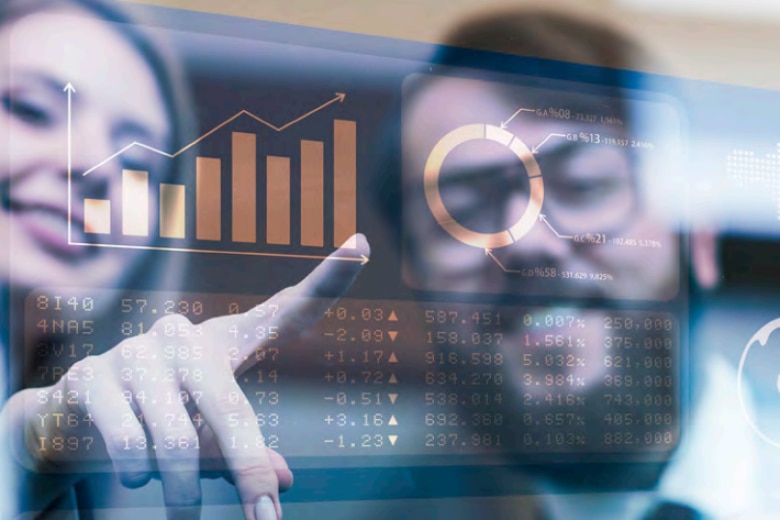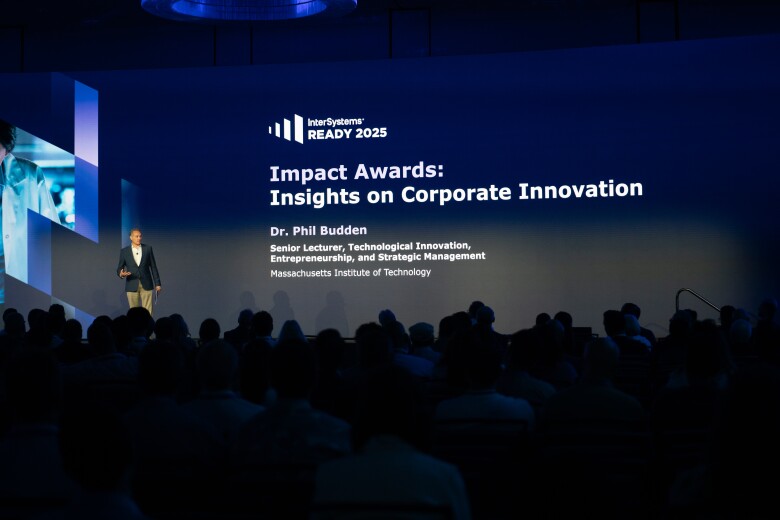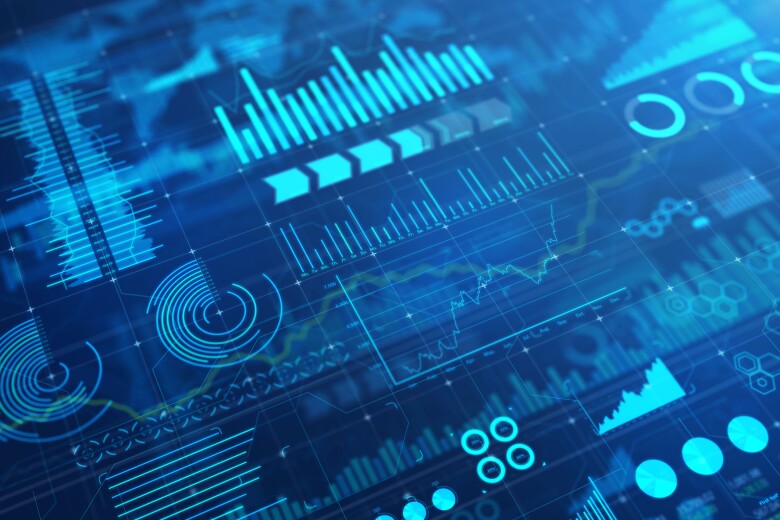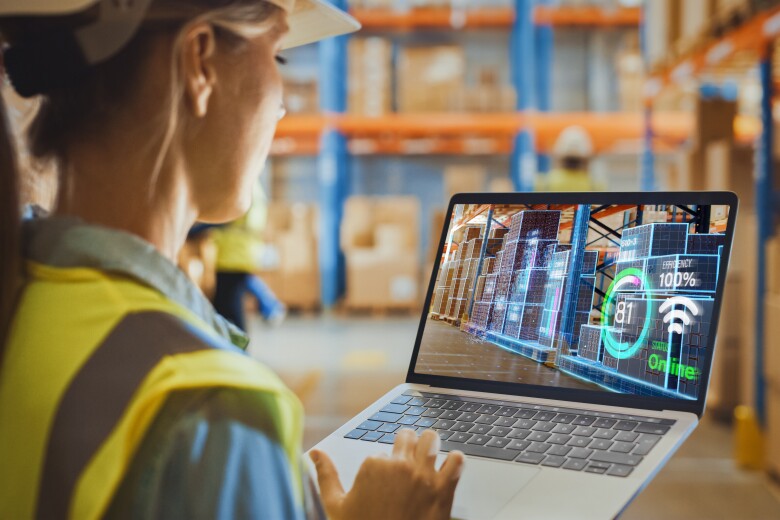Supply chains face constant disruptions, from weather events and geopolitical disruptions to labor shortages and capacity issues. These disruptions can be managed by using decision intelligence through AI, machine learning, and simulations to predict outcomes, weigh scenarios, and recommend the best course of action to overcome these disruptions. But what data are these decisions based on?
Track and trace is the ability to monitor the movement of goods or items throughout the global supply chain, providing visibility through both real-time and historical location and status information. While supply chain visibility gives you real-time data on inventory, shipments, delays, and demand, the ability to act on this data is crucial. Decision intelligence bridges the gap between raw data and strategic actions, adding a layer of contextual understanding and recommendations.
At its core, track and trace is about more than just knowing where a product is. It’s about creating a digital thread of information that follows products from origin to final delivery. When data flows seamlessly across the supply chain, organizations can meet compliance requirements, respond to disruptions, and deliver the transparency customers increasingly demand. While usually seen as a single solution, track and trace comprises of two parts:
- Tracking: Monitoring the real-time location and movement of a product as it moves through the global supply chain.
- Tracing: Looking back at the product’s history: where it came from, how it was made, and how it moved.
Together, they provide a full picture of a product’s lifecycle. Typically, this is powered by technologies like barcodes, RFID, QR codes, IoT sensors, telematics (ELD/GPS)and the underlying data platforms that can capture, store, and integrate information from many different sources.
The Benefits of Track and Trace Technology
Delivering End-to-End Supply Chain Visibility
Visibility is a persistent challenge for supply chains that span continents and involve dozens of stakeholders. Without accurate, real-time information, companies risk delayed shipments, stockouts, or excess inventory. Track and trace provides the transparency needed to manage proactively rather than reactively. With a digital view of product movements, organizations can:
- Improve demand planning
- Optimize inventory management
- Reroute shipments when disruptions occur
- Keep customers informed with accurate ETAs
Meeting Consumer Expectations for Transparency and Sustainability
Today’s customers care about more than price. They want to know how and where their products were made, whether materials were ethically sourced, and if processes were sustainable.
Track and trace allows companies to put that information directly in customers’ hands. For example, a QR code on packaging can reveal a coffee bean’s journey from farm to cup, or a vaccine’s journey from lab to clinic. Transparency builds trust, which builds loyalty.
This transparency extends to sustainability initiatives as well. Sustainability isn’t just a brand differentiator anymore; it’s a requirement. Investors, regulators, and consumers expect organizations to measure and report on their environmental and social impact.
Track and trace plays a central role here. By connecting the dots across supply chain partners, organizations can:
- Track carbon emissions across product journeys
- Verify responsible sourcing of raw materials
- Improve recyclability by monitoring material lifecycles
The ability to prove sustainability efforts with data is what transforms promises into measurable outcomes.
Safeguarding Health and Safety
Industries such as pharmaceuticals, food, and medical devices have no margin for error. Regulatory frameworks like the U.S. Drug Supply Chain Security Act (DSCSA) and the FDA’s Food Safety Modernization Act (FSMA) require traceability at the lot or even unit level.
If there’s a safety concern for counterfeit drugs or contaminated food, track and trace enables organizations to identify affected batches and act quickly. Instead of pulling all products off the shelf, companies can target only the impacted items, minimizing cost while protecting consumers. This ensures safety for patients and makes product recalls more efficient for companies.
The Organization for Economic Co-operation and Development (OECD) estimates counterfeit goods account for more than $500 billion annually in lost value. Track and trace creates a verifiable chain of custody to confirm authenticity. This builds trust and protects revenue, while also safeguarding brand reputation.
The Future of Track and Trace – Decision Intelligence
The future of track and trace is not just about knowing where a product is. It’s about predicting what might happen next. This is where decision intelligence comes in. InterSystems now brings decision intelligence-enabled track and trace capabilities to your supply chain through its partnership with Descartes MacroPoint™.
The need to know where your products are (whether in transport to the warehouse, port, store, manufacturing plant, or customer anywhere in the end-to-end supply chain), when delays occur, and be alerted to these delays, is critical to ensure a positive customer experience. InterSystems provides a single source of truth with full interconnected supply chain visibility to anticipate, simulate, and activate your next move. AI-based actionable insights make recommendations to solve problems before they occur.
Track and Trace Cloud Service with Descartes MacroPoint
InterSystems Track and Trace Cloud Service with Descartes MacroPoint is a fully managed cloud service to bring real time shipment tracking and continuous in-transit risk monitoring data to the InterSystems Supply Chain Orchestrator™ decision intelligence platform. The solution includes out-of-the-box data integrations and API-enabled integration to ensure productivity. Advanced analytics improve planning for terminal congestion, labor shortages, and dwell times across air, parcel, IOT enabled, rail, TL/LTL.
By partnering with Descartes MacroPoint, InterSystems customers can leverage the Descartes Global Logistics Network™ (GLN), the world’s largest collaborative, multimodal logistics messaging network. Using the GLN, hundreds of thousands of trading partners, logistics services providers, and carriers connect and collaborate through 24.6 billion transactions annually. The network supports real-time GPS, EDI, and API-based capacity requests, bookings, statuses, and customs messages.
Accelerate Time to Value with Decision Intelligence
InterSystems Supply Chain Orchestrator is an AI-enabled supply chain decision intelligence platform that predicts disruptions before they occur, and optimally handles when they do, so you’ll be ready to manage the unexpected with confidence.
InterSystems unifies disparate data sources by providing a real-time connective tissue—with built-in predictive and prescriptive analytics—that’s complementary and non-disruptive to your existing infrastructure. Using InterSystems Track and Trace Cloud Service with InterSystems Supply Chain Orchestrator empowers you to make faster decisions.
Track and Trace: From Compliance to Competitive AdvantageTrack and trace ensures safety, combats counterfeits, enables precise recalls, delivers transparency, and powers sustainability initiatives. Most importantly, it builds the trust that organizations need to thrive in an era of rising expectations.
But none of this is possible without a strong data foundation. To make track and trace work, organizations must integrate data across disparate systems and partners, ensure its accuracy, and make it available in real time. Track and trace is not just about compliance. It’s about creating supply chains that are safer, smarter, and more connected. And in today’s world, that’s not just a competitive advantage; it’s a necessity.




































